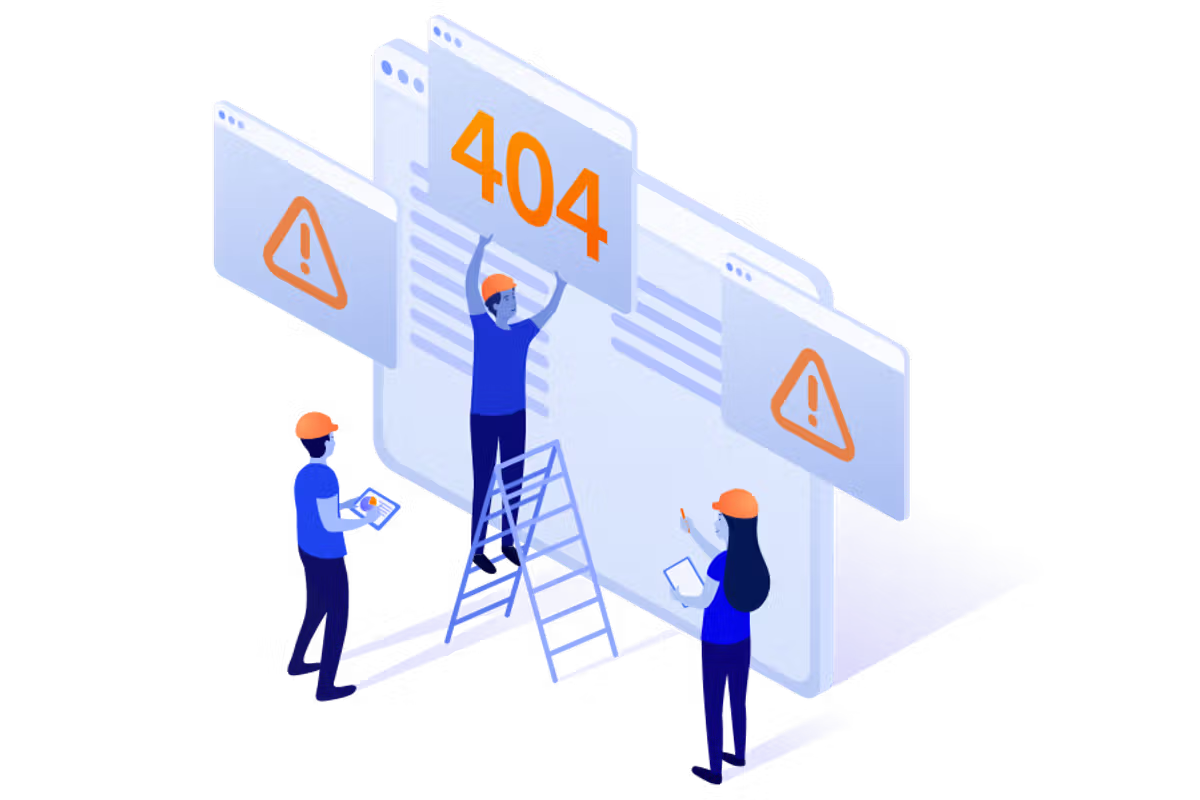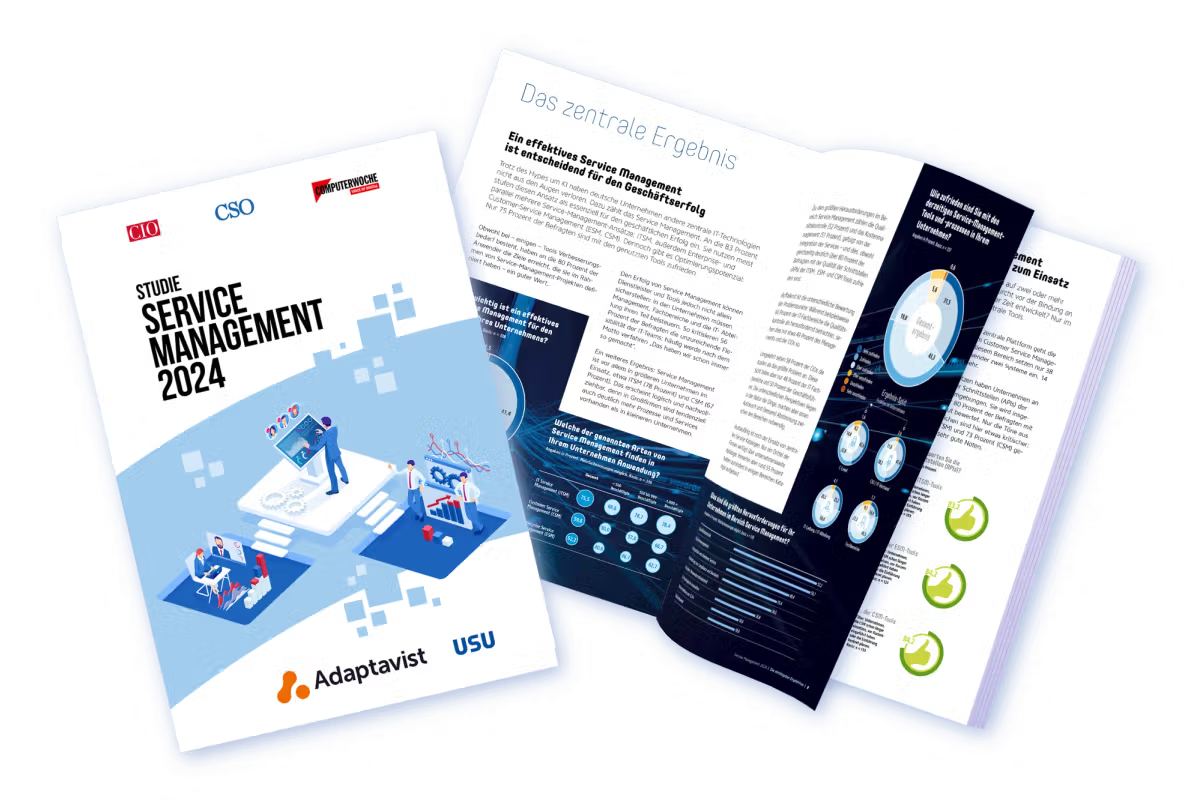Blog

Atlassian
News
Atlassian Team ‘25 Anaheim Founder Keynote—what you need to know
Key announcements from Atlassian Team '25 Anaheim. New AI, teamwork, and strategy updates for your Atlassian tools.
By The Adaptavist Group
on 15 Apr 2025

The global outage: how to manage the impact of service disruptions
In an increasingly online world, a cyber outage can bring businesses around the globe to a standstill.
By Nikos Georgakopoulos
on 24 Jul 2024

Service management in focus: Identifying and leveraging untapped potential
Discover the importance of service management for business success and how artificial intelligence and cloud computing are shaping the future.
By Alexander Post
on 22 Nov 2024

Work management
Atlassian
Workforce planning, but better: Optimise HR processes with Atlassian tools
How Atlassian tools can help HR teams transform workforce planning from a chaotic process into a strategic advantage.
By Michael Rudenko
on 24 Apr 2025

Supercharge your knowledge management with AI: Strategies to enhance collaboration, accessibility, and decision-making
Integrating AI in knowledge management helps boost collaboration and decision-making. Explore strategies to set yourself up for success.
By Moritz Schrohe
on 16 Apr 2025

Atlassian
News
Atlassian Team ‘25 Anaheim Founder Keynote—what you need to know
Key announcements from Atlassian Team '25 Anaheim. New AI, teamwork, and strategy updates for your Atlassian tools.
By The Adaptavist Group
on 15 Apr 2025

Beyond gut feeling: a data-driven approach to developer experience
Learn how to improve developer experience with data, not just feelings. Measure pain points, DORA metrics, and gather feedback for software delivery success.
By Matt Saunders
on 10 Apr 2025

Deep work & collaboration–the human core of developer experience
Discover how deep work and deliberate collaboration enhance developer experience, boost productivity, and lead to higher-quality software.
By Matt Saunders
on 9 Apr 2025

News
Atlassian
Atlassian names Adaptavist as a winner of the Atlassian Partner of the Year 2024 - 2025 Services Americas
Adaptavist has been named a winner of the 2024 Atlassian Solution Partner of the Year in the Services Americas award category.
By The Adaptavist Group
on 9 Apr 2025